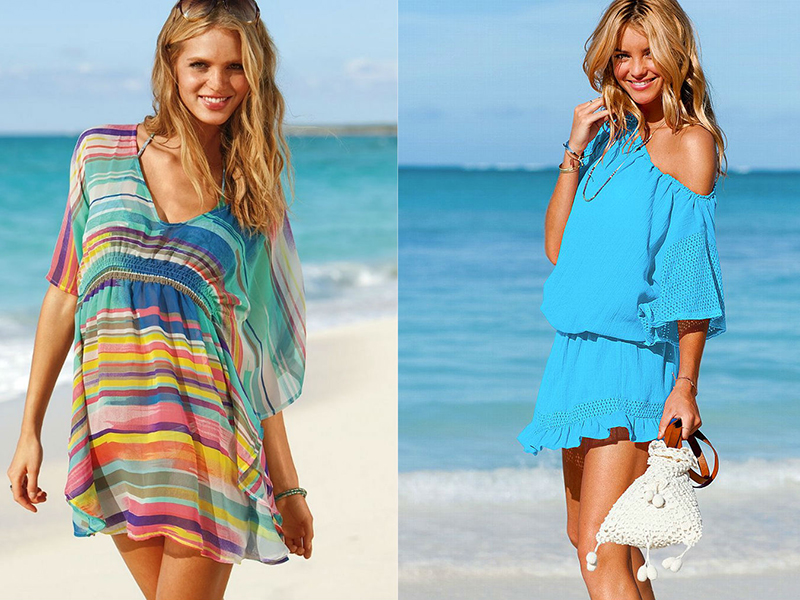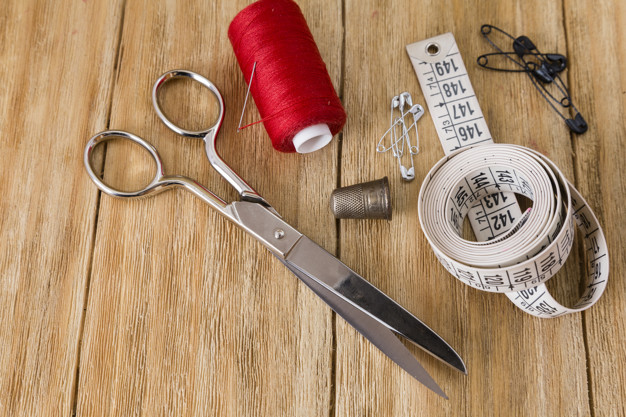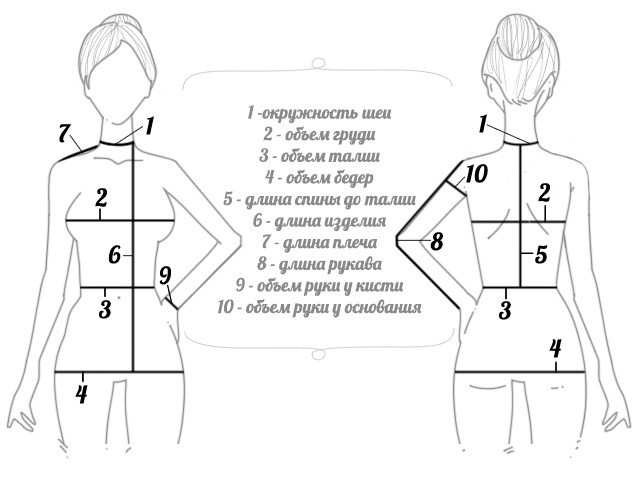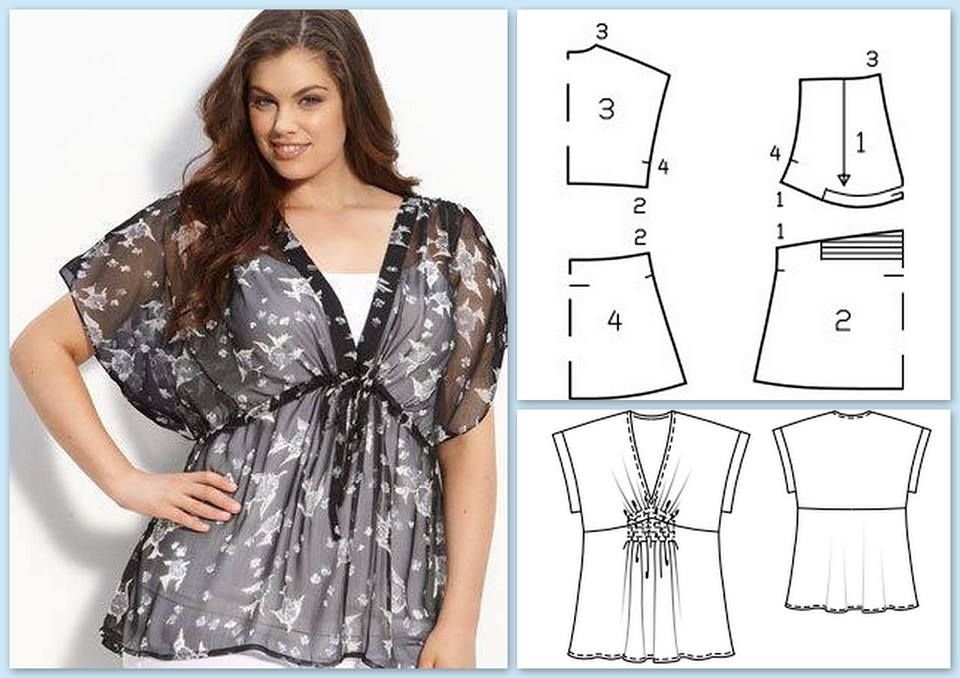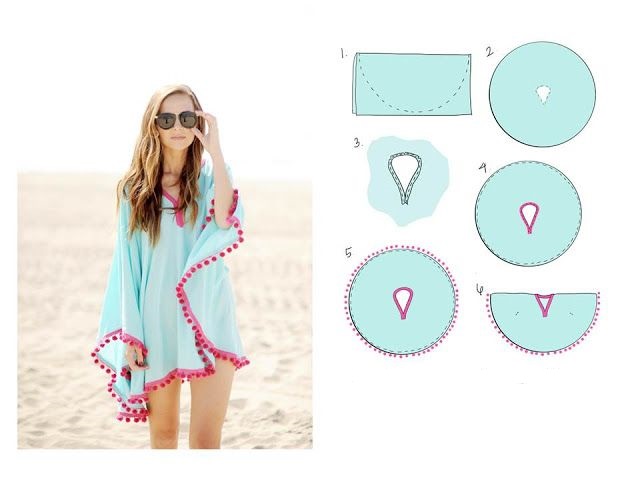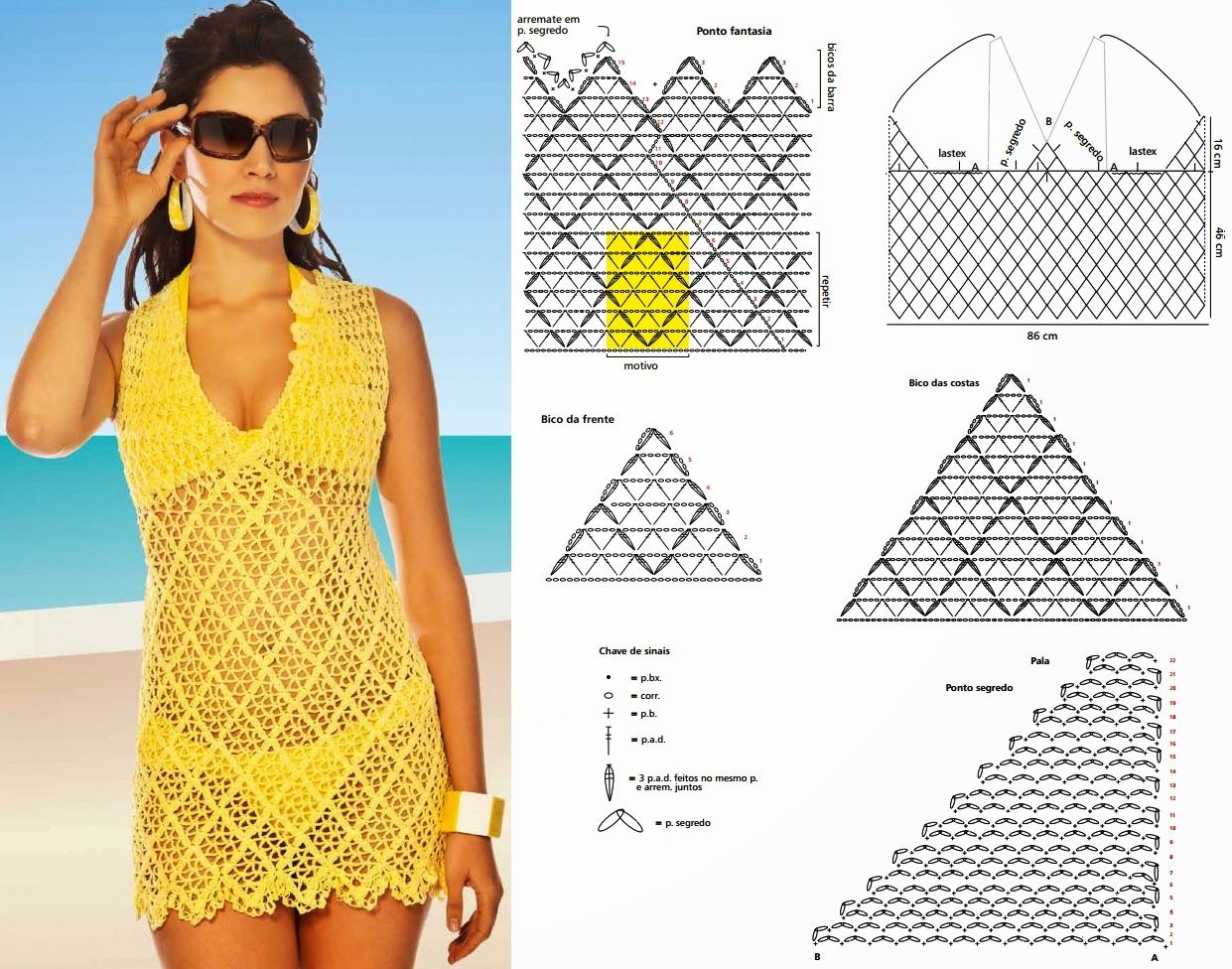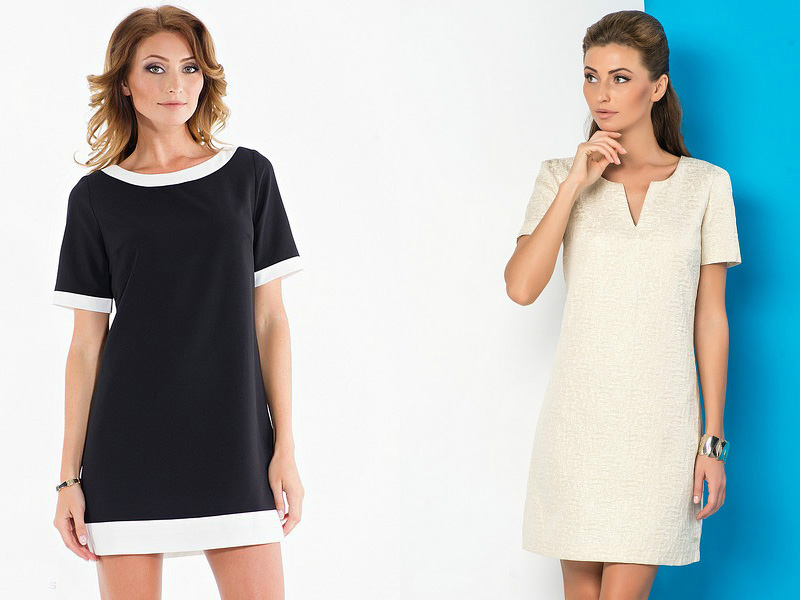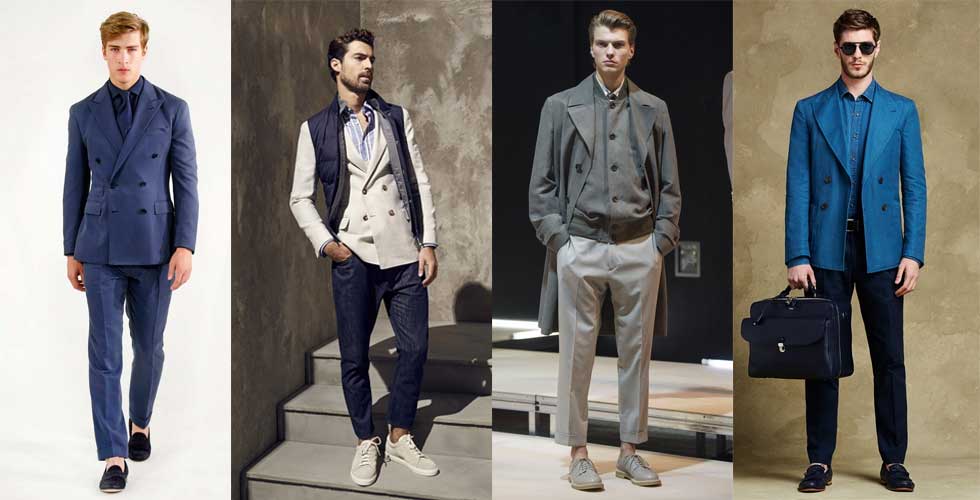When going on vacation, many women plan to add light and comfortable clothes to their wardrobe. A great option would be a DIY beach tunic that can be thrown over a swimsuit. It does not restrict movement, is easy to put on and take off. Even a novice craftswoman can make such a product.
Types and textures
For a do-it-yourself beach tunic, light, flowing fabrics of bright colors that reflect sunlight well are used. Each type of material has its own advantages and disadvantages.
| Material |
Brief description |
Pros |
Cons |
| Chiffon | A thin, translucent cotton or silk fabric | Durability, visual appeal, wrinkle resistance | Delicacy, prone to snagging. Chiffon blanks slide during cutting, which complicates the manufacturing process |
| Cotton | Durable fabric of natural origin | High hygroscopicity, air permeability | Decreased strength under the influence of sunlight, high temperatures |
| Knitwear | Knitted textile fabric. Various fibers are used in the production of knitwear, sometimes with the addition of elastane | Hygiene, durability, comfort (products do not restrict movement due to elasticity) | Difficulty in cutting and sewing, stretches quickly |
| Poplin | Double-sided fabric with a small rib | Density, strength, no shrinkage. The material holds its shape well, lets moisture and air through, and does not fade in the sun | The ability to shed after washing, the need for special care. |
| Staple | A lightweight, fine textile fibre produced by bonding nonwoven materials together | Softness, density, smoothness | It wrinkles a lot, shrinks noticeably, and loses strength when wet. |

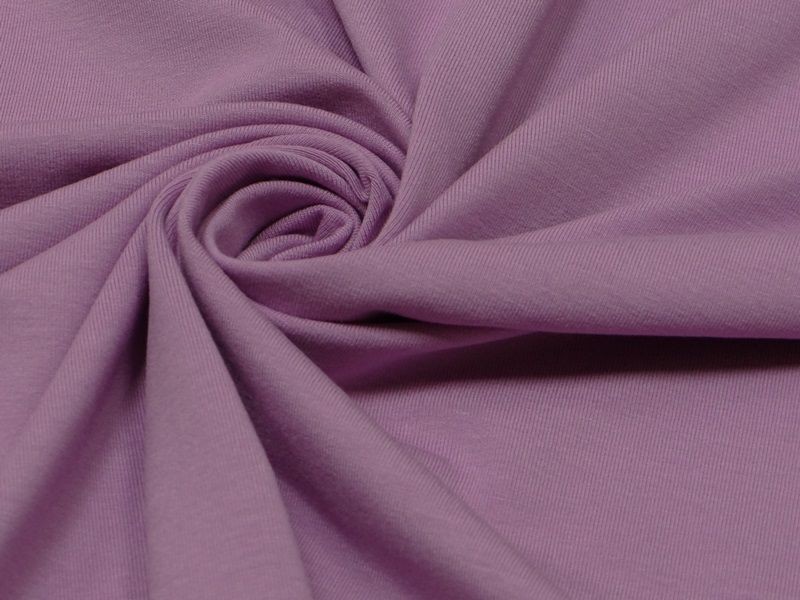

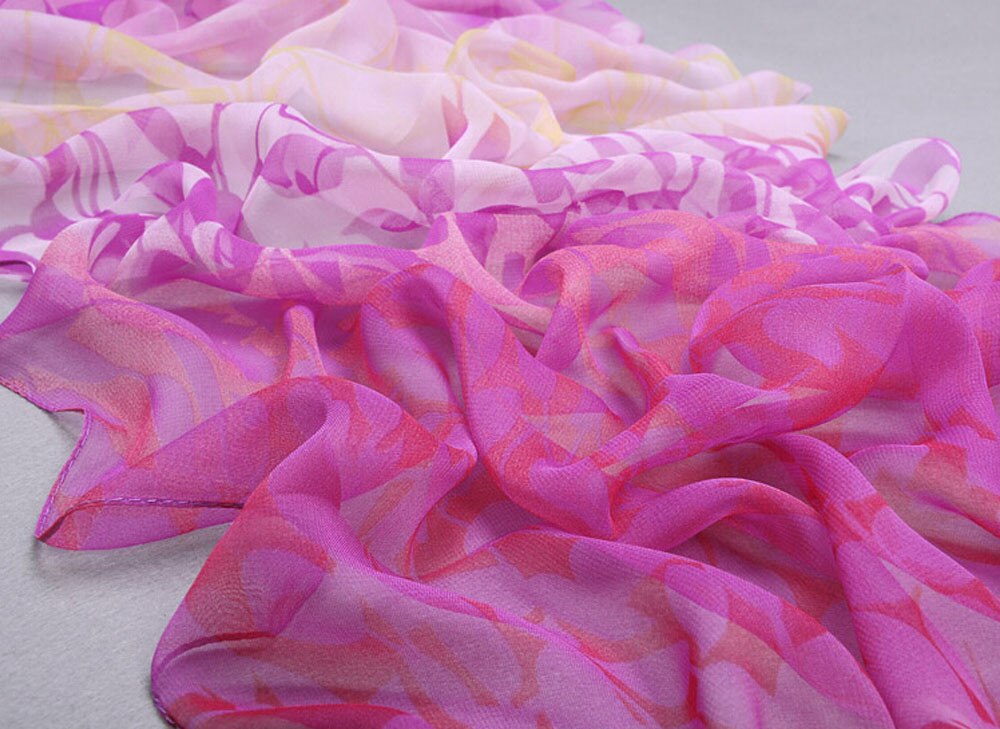

It is not enough to decide on the type of material, it is important to choose the right pattern of a beach tunic that matches the features of the silhouette. Some models will favorably emphasize the advantages, others will demonstrate imperfections. Knowing the right combinations of styles with body types will help you present yourself effectively.
| Style | Description | Body type | Note |
| Tunic with batwing sleeves | A one-piece sleeve, the volume of which gradually decreases from the shoulder to the wrist | Universal, hides the flaws of the "inverted triangle" figure well (broad shoulders, narrow hips). This tunic is a real find for plump ladies. Wide sleeves distract attention from problem areas | The loose cut does not restrict movement |
| With a sun hem | A simple design made from a circle of fabric. Most often it is sewn from two parts, but you can find one-piece versions, as well as those sewn from wedges of a quarter of a circle | Not recommended for girls with a triangle figure. The resulting folds add volume to the hip area. | Easy to cut, can be made from any fabric |
| Sundress with straps | A simple drawstring style that is put on by wrapping it around the body | This style can be worn by girls with small, neat breasts. Owners of a large bust should consider the option with wide straps. | The width of the material should be equal to the length from one elbow to the other or 1.5 chest circumferences |
| Tunic with hood | Urban style with a cap | There are no restrictions on body type. You should pay attention to age, mature women in a tunic with a cap may look ridiculous | The model is chosen by girls who want to hide their hair from the harmful effects of ultraviolet radiation |
| Tunic with elastic band | Any style that is cinched at the waist with an elastic band | Gathered waist items are not suitable for women with wide hips. Also, a cinched waist draws attention to massive shoulders. | A straight, loose-fitting tunic can easily be transformed into a fitted beach dress by sewing an elastic band onto it. |
Classic models with a loose cut and a turn-down collar and pockets in the chest area look original. If the style includes a long sleeve, it is more practical to choose one where it can be rolled up if desired.
Tunics for plus size women are best chosen from high-waisted options. The flared cut will hide an imperfect belly, and the ties under the chest will accentuate the lush bust, distracting attention from the heavy bottom.
Beach dresses, crocheted or knitted, are still relevant. Crochet patterns are more popular because the knitting process takes much less time, and even a novice craftswoman can cope with the task.

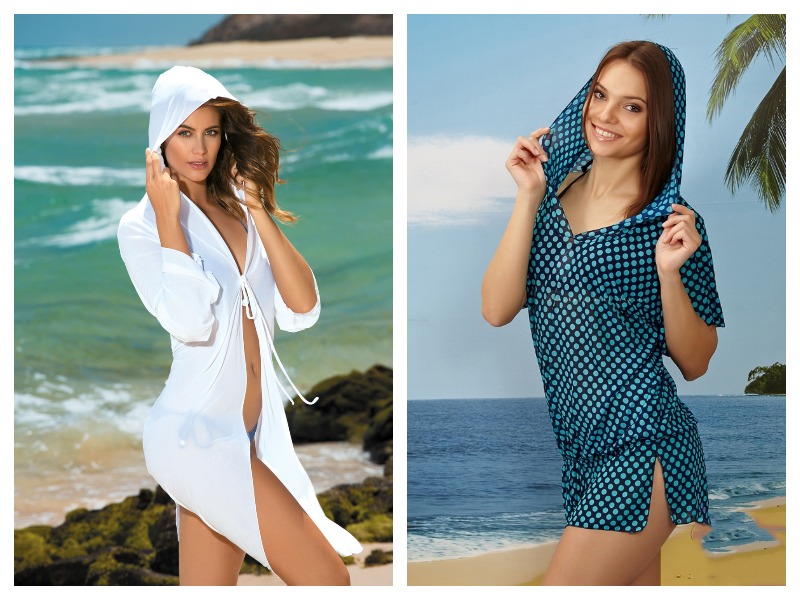
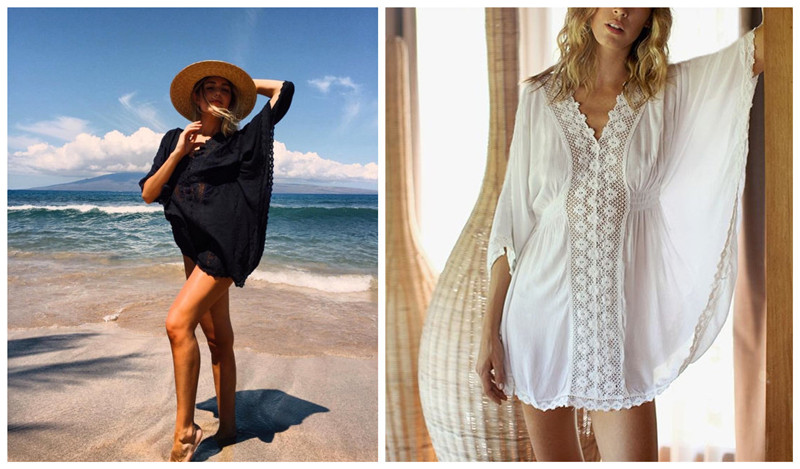
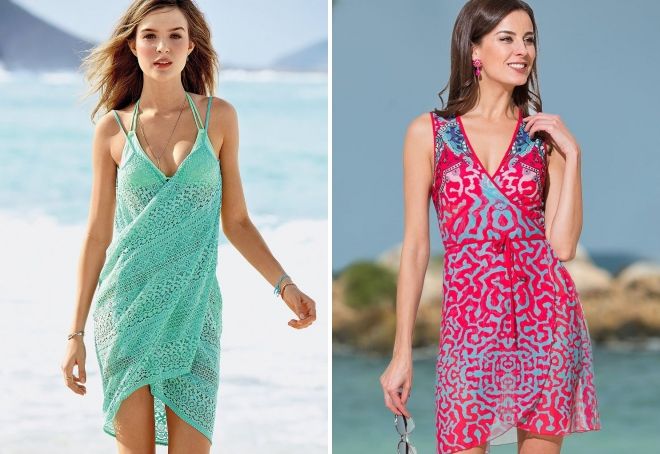
Materials and tools
Before sewing a tunic, you need to prepare all the necessary materials and tools. Beginners are better off using stretchy fabric that does not crumble. This will make the work much easier. So, you will need:
- a piece of fabric corresponding to the length and twice the width of the product plus 5 cm (for a standard figure, a rectangle measuring 1 x 1.5 m is suitable);
- threads in tone;
- safety pins;
- scissors;
- measuring tape;
- ruler;
- pencil;
- whatman;
- sewing machine or needle.
Stages of work
It is impossible to create comfortable clothes that fit the figure without measuring the main dimensions of the body. And sewing a tunic dress without a pattern with your own hands will be difficult for beginner dressmakers. Therefore, cutting and sewing are preceded by two necessary preparatory stages: taking measurements and creating a drawing.
It is better to take measurements from the right. The person being measured stands straight, does not strain, maintains a natural posture. To construct a pattern for beach dresses, you will need 7 measurements:
- neck, chest, hip circumference;
- length from waist to hip line;
- length of the back, shoulder, product.
Creating a pattern is a more labor-intensive process than it may seem at first glance. A correctly marked drawing guarantees that the product will fit perfectly. Stages of working with a pattern:
- Grid marking. Essentially, this is the construction of a drawn rectangle according to the measurements, in which horizontal lines play the role of the hip line, waist, chest, side seam, middle of the back, front.
- Back. Drawing the line of the shoulder seam, back armholes and side seam.
- Front. The width and depth of the neck, the shoulder slope and the armhole line of the front are set aside.
- Side front seam. The new hip and waist lines should be located lower than the previous ones by the size of the dart solution. The side seam of a straight silhouette can coincide with the line of the side seam of the mesh.
- Bust dart. Upper and lower sides of the dart.
When creating a pattern, do not forget about the allowance. Its size depends on the structure of the fabric and the style of the clothing. As a rule, this is an additional 3-5 cm.
In order to transfer paired symmetrical details to the fabric, the material is folded in half with the right side inward. The pattern is placed on top, fixed with pins and the outline is traced. The chalking of the remaining details is done from the wrong side. Seam allowances are transferred very carefully.
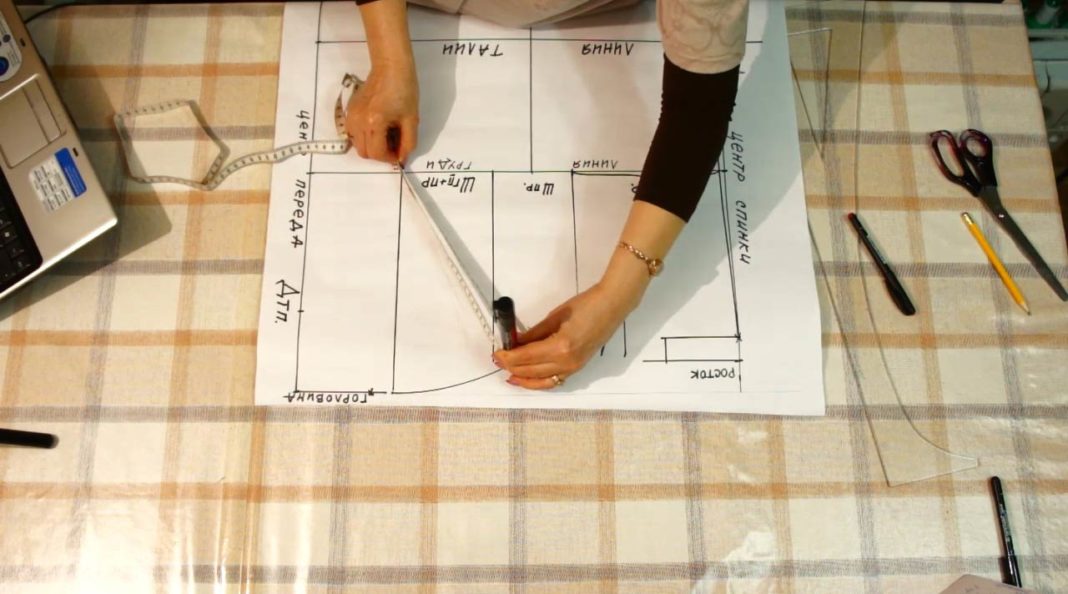
Sewing
Sewing begins after the edges of the fabric have been processed. To do this, remove the frayed edges of the hem, fold it approximately 1 cm, and run a straight stitch along the front side as close to the edge as possible. The folded edge is cut with scissors, folded another 0.5 cm, and stitched.
The sewing technology usually consists of two seams: shoulder and side. Sleeves are sewn in if necessary. After finishing the work, the seams are ironed.
Knitting
In order to acquire crocheted beachwear, you need to be able to perform basic loops. Two openwork squares are crocheted and connected according to the pattern of a tunic made of scarves. The thread should be chosen so that the dress turns out thin and light. The following are suitable for a lace outfit:
- mercerized cotton;
- high volume acrylic;
- a mixture of microfiber and elastane (92/8%);
- viscose with lurex;
- nylon with natural wool;
- natural linen and cotton (55/45%).
It is difficult to name the exact number of existing knitting patterns for tunics. But they can be divided into three large groups: filet pattern (a combination of only two types of columns), openwork (alternating columns and air loops), lace.
The original idea is to assemble a model using a pattern from individual motifs. We are talking about the technique of "Irish lace" that has recently become fashionable. Elements of natural themes (leaves, flowers, petals) are combined into a single product with an irregular mesh. The peculiarity of this method is that each item is unique and inimitable.
Master class on creating a universal model without a pattern
Girls who are far from the world of cutting and sewing will be interested in a tunic without a pattern. For this you will need two scarves and half an hour of free time. You will get an elegant summer dress in an oriental style, up to mid-thigh length. The main advantage is the ease of manufacture:
- Fold the blanks in half.
- Mark the center of the neck with pins.
- Measure the length of the shoulders and sleeves from the edge.
- Secure the pinned areas with hand stitches.
- Form side seams and join edges.
A tunic made of scarves can be replaced by a beach cape made of a pareo. It will take very little time to make. The only condition is that the width of the fabric should be slightly larger than the width of the shoulders. Manufacturing process:
- Fold the pareo in half.
- Cut out the neck opening.
- Process the edges.
- Sew elastic along the waist line.
- Sew the side slits, leaving the edges of the armholes free.
A beach tunic will never go out of fashion. It is the most comfortable and practical type of clothing, which is easy to sew with your own hands, quickly and inexpensively. High-quality material and an original pattern will turn a beach outfit into an everyday wardrobe item, suitable for evening walks.
Video

